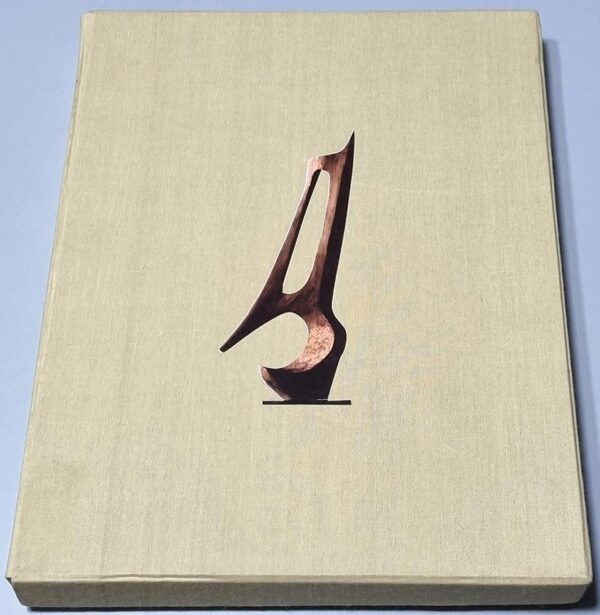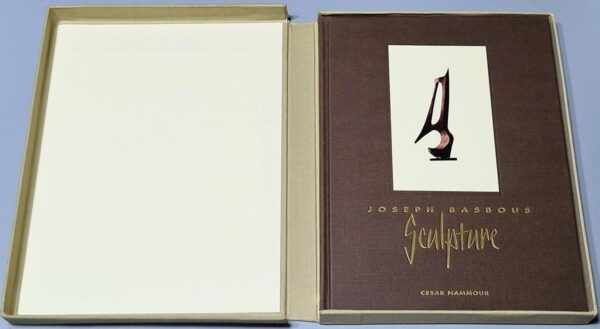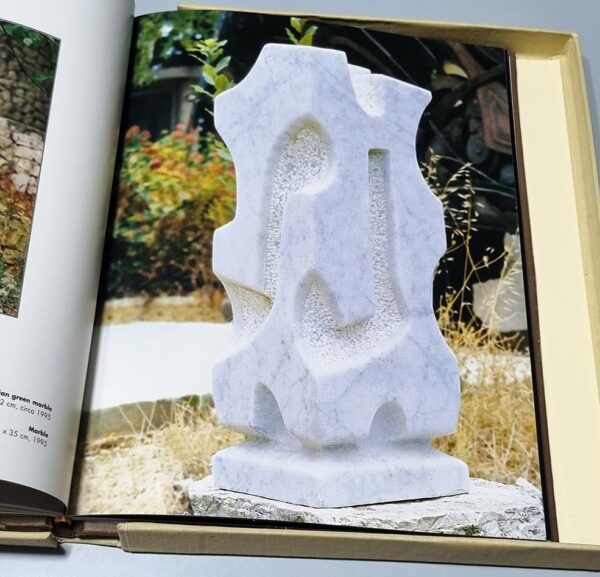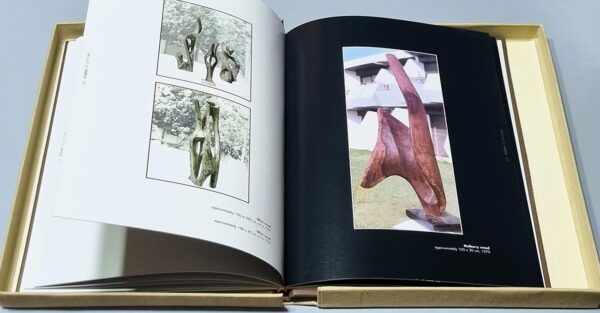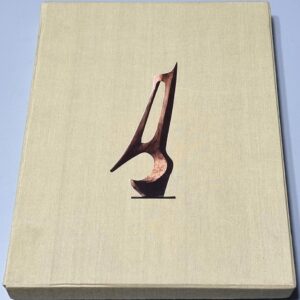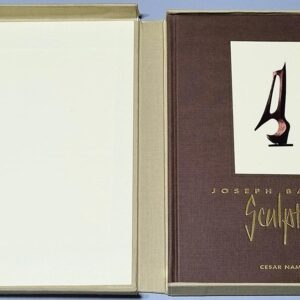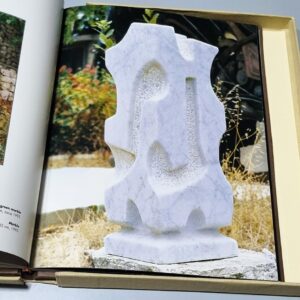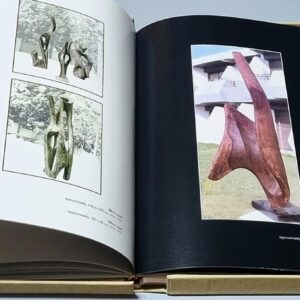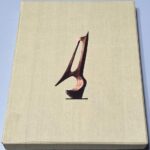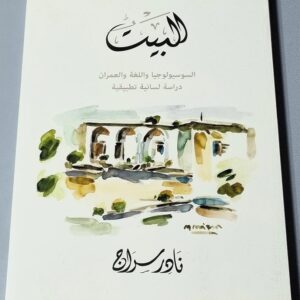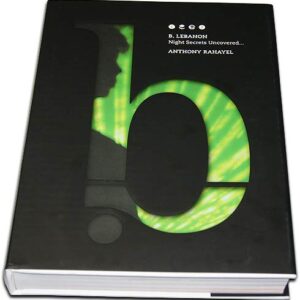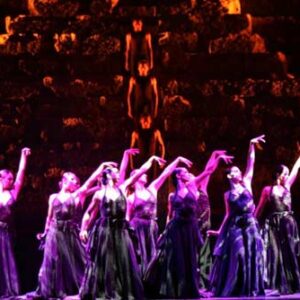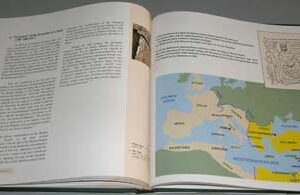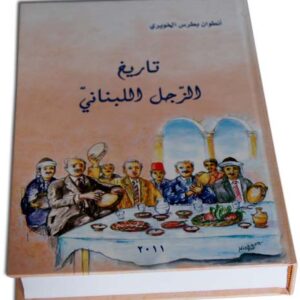Joseph Basbous – Sculpture
$ 49.95
Joseph Basbous – Sculpture – Cesar Nammour
- Description
- Shipping & Return
Description
LebanonPostcard presents the book Joseph Basbous – Sculpture – Cesar Nammour – Fine arts Consulting and Publishing Beirut 2001
Hardcover book with box, 31×24 cm, 121 pages
The first encounter of man with stone, in the remote mountain villages in Lebanon, was when he built walls for terracing his land. The process was haphazard and did not require any particular talent or special tools. It was simply a matter of stacking field stones of different volumes and shapes, often as found in nature, one above the other and leaving space between them. Only when the rocks were big did the builder use a long-armed, heavy sledgehammer to break them into smaller sizes. Sometimes he used al-chakouf, a medium-weight hammer, to cut away unwanted parts of the stone.
To prepare stones for building mountain houses, he used the taksib – a hammer with one pointed and one flat side – to give the stones a slightly irregular textured surface. He also depended on the pick hammer, pointed on both sides, to better control the removal of large slices from the block and in texturing larger surfaces. In this texturing process, he also used the pick hammer at times instead of the toothed chisel and hammer. To create large smooth surfaces, however, he would use alchahouta – a brush hammer with a row of points – to obtain relatively smooth surfaces. And to give final shape to the stone, he used a small hammer and a variety of chisels – the pointed chisel, the flat chisel (large and small), the toothed chisel and the round chisel.
–
It is from this ancient background of stone masonry that the Basbous family of sculptors emerged in the early decades of the twentieth century. From their father, the Basbous boys inherited the desire to cut into stone and from him they acquired the skills of masonry while they were still children.
Joseph developed those skills to become a master mason. As a young man, he worked with his brothers to enlarge the family house, added a room for himself to marry and helped build the houses of Michel and Alfred in Rachana, as well as the sculptured house in the family courtyard. Through the years, as he acquired experience in carving all kinds of stone, his innate sensitivity to the aesthetic potential of stone developed. The credit for his transformation from being a traditional artisan mason to becoming a contemporary sculptor belongs to Michel, his eldest brother.
Michel was not just the eldest, the most adventurous and most ambitious of the brothers, he was also the most studious, the most curious and the most eager to acquire knowledge. In the mid-forties, he had left the small village of Rachana for the capital city of Beirut, where he enrolled in the Lebanese Academy of Fine Arts to learn the ABCs of sculpture. Later, he traveled to Paris on a government scholarship and spent several years there exposed to the different trends in contemporary sculpture. Michel, in every way, replaced the father that Joseph had lost when he was only ten years old, the youngest in a family of four boys and one girl (Michel, Abalan, Alfred, Marie, Joseph). In his eldest brother, he found the patriarchal guidance and support he needed to pursue his hopes for the future.
On his return to Rachana from Paris in 1958, Michel discovered the village and its surrounding hills to be a fertile environment for his creative ambitions. There, he found all the space he needed to work in the open air; a mountainside full of easily accessible large rocks; and above all, the two master masons his younger siblings, Alfred and Joseph, had become during his absence. They welcomed his return with great joy and expectations, ready and eager to help him realise his ambitions. Michel’s creative energy may not have taken the direction it took – producing monumental sculptures for public places and conceiving the vision of Rachana as an open-air museum – had he not had the full-time willing help and masonry skills of Alfred and Joseph. And in the process of helping their brother, each in turn soon put masonry aside and became immersed in the art of sculpture. Working together through the following decades, the three Basbous brothers converted Rachana into the sculpture center it is today.
Carving in stone usually passes through five steps: roughing the stone out with hammers; shaping it with toothed chisels; refining the form with rasps and files; smoothing it with garnet paper; and, finally, polishing it with wax.
Joseph practised the first three procedures, but rarely involved himself with the last two, except when carving wood and, sometimes, when working with marble. He worked mainly in white Lebanese limestone, preferring the rough surface produced by the brush hammer, which endows the stone with a velvety look under the sun. Unlike Michel who experimented with all kinds of materials, Joseph carved only stone and the bark of trees. He produced his first stone sculpture in 1966, which won him the second prize for sculpture at the Sursock Museum Autumn Salon of 1967. He executed his first wood sculpture that same year. Two years later, he was awarded another Sursock Museum prize and continued to receive many other honors, since then.
LebanonPostcard will be responsible for sending the book you order, through a fast courier with a tracking number, guaranteeing reception of the package. The souvenirs may take three to five days to arrive, depending on the country to which they are sent.

